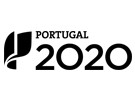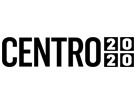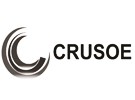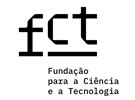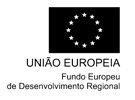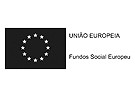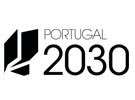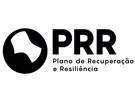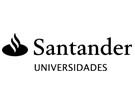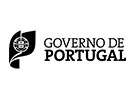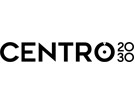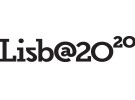



Publication in the Diário da República: Despacho n.º 2435/2023 de 17/02/2023
4 ECTS; 3º Ano, 1º Semestre, 45,0 PL + 5,0 OT , Cód. 964583.
Lecturer
- Alexandre José de Magalhães Figueiredo (1)(2)
(1) Docente Responsável
(2) Docente que lecciona
Prerequisites
NA
Objectives
To experience the advantages of implementing the practice of developing photographic emulsion.
To control the variables in the production of a developing photographic emulsion in order to produce adequate contrast, density, and tonal reproduction for printing photographic proofs.
To explore the plastic potential of the photographic image support, with prints on paper, wood, textiles and glass.
To work with industrial photographic emulsion that records a portion of the electromagnetic spectrum invisible to the human eye, stimulating practices of aesthetic and scientific value.
To promote critical thinking during the authorial practice, resulting from the elaboration of technical reports on laboratory experiments. To encourage autonomy in the execution of the requested practical exercises.
Program
1) Experience with photographic film with extended infrared spectral sensitivity, with creative and scientific applications.
2) Collagen sources for the production of photographic emulsion for development. Origin of the raw material and main characteristics of the binding medium.
3) Direct darkening photographic emulsion. Role of silver nitrate reserve. Printing on various substrates (wood, textiles, paper, glass).
4) Study of the theories of latent image and development, to understand how the choice of reagents, the different production technologies and the variation of parameters (precipitation, digestion, additions) can influence the characteristics of photographic emulsions.
5) Preparation and testing of washed emulsion for development; production of glass negative for capture in large format cameras, and positive printing on photographic paper.
Evaluation Methodology
Continuous assessment consists of the weighted average of:
Theoretical component: 1 written assessment test-25%.
Practical component: 3 practical exercises-30%, Final project-40%.
Presence,Participation,Attendance-5%.
Examination is not compulsory for those with a classification of, at least, 9.5/20/20 points, and no item of assessment with a classification lower than 8/20 points. Examination is not allowed for those with a classification lower than 8/20 in the practical component.
In examination periods, the written test may be taken and the final mark will be calculated in the same way as in attendance, unless the examination marks are used.
Bibliography
- Jones, S. e Reed, M. (2001). Silver Gelatin, a User's Guide to Liquid Photographic Emultion. London: Argentum, Aurum Press Limited
- Wall, E. (1929). Photographic Emultions, their preparation and coating on glass, celluloid and paper, experimentally and on large scale. Boston: American Photographic Publishing Co.
- White, L. (1995). Infrared Photography Handbook. New York: Amherst Media Inc.
- Zakia, R. e Current, I. e Compton, J. e Stroebel, L. (2000). Photographic Materials and Processes. London: Focal Press
Teaching Method
A - Method of expositive interaction, theoretical classes taught using the projection interface
B - Laboratory practice where the knowledge acquired in the context of theoretical classes is experimented and applied.
Software used in class
Adobe Photoshop
Silverfast
